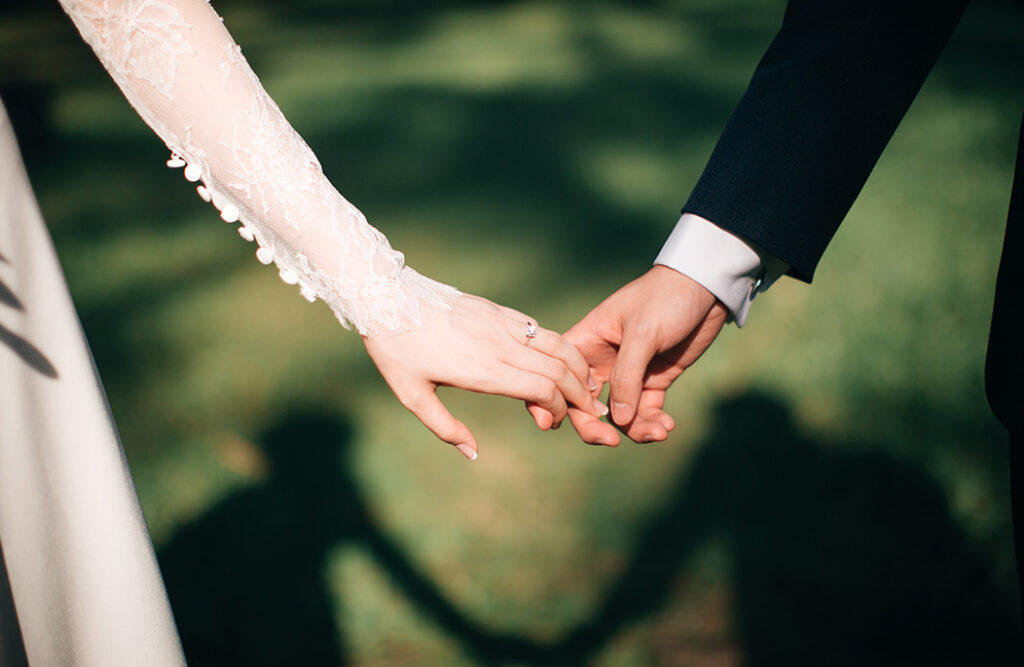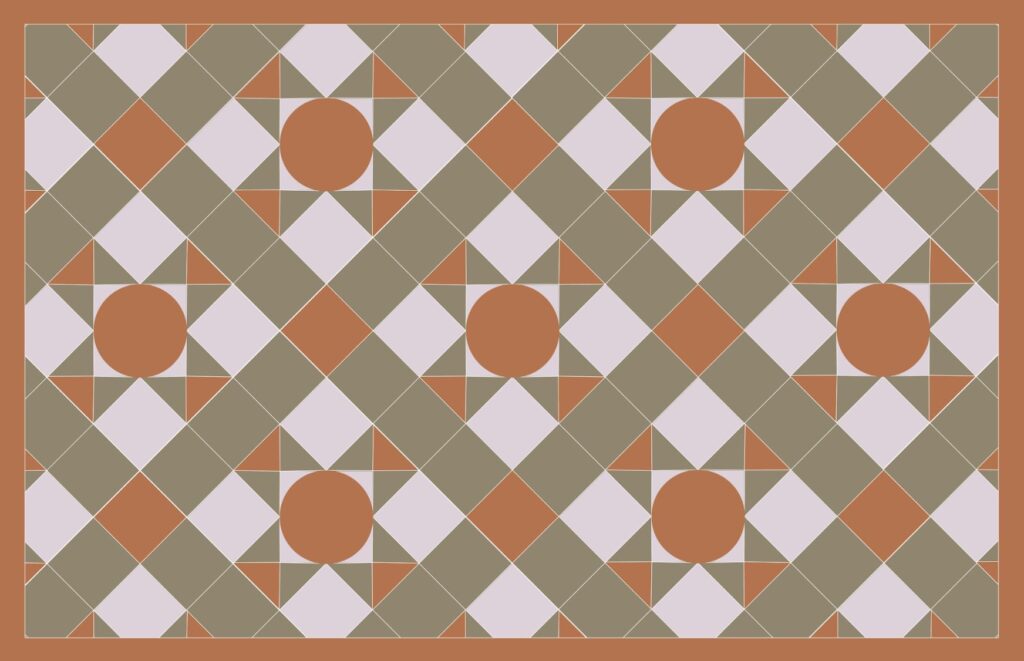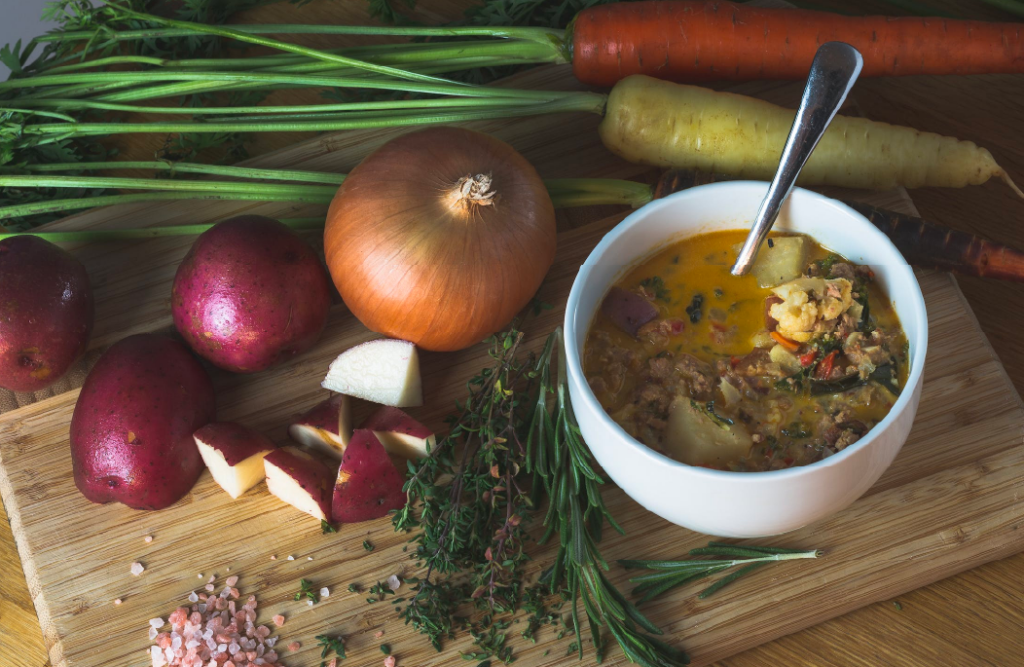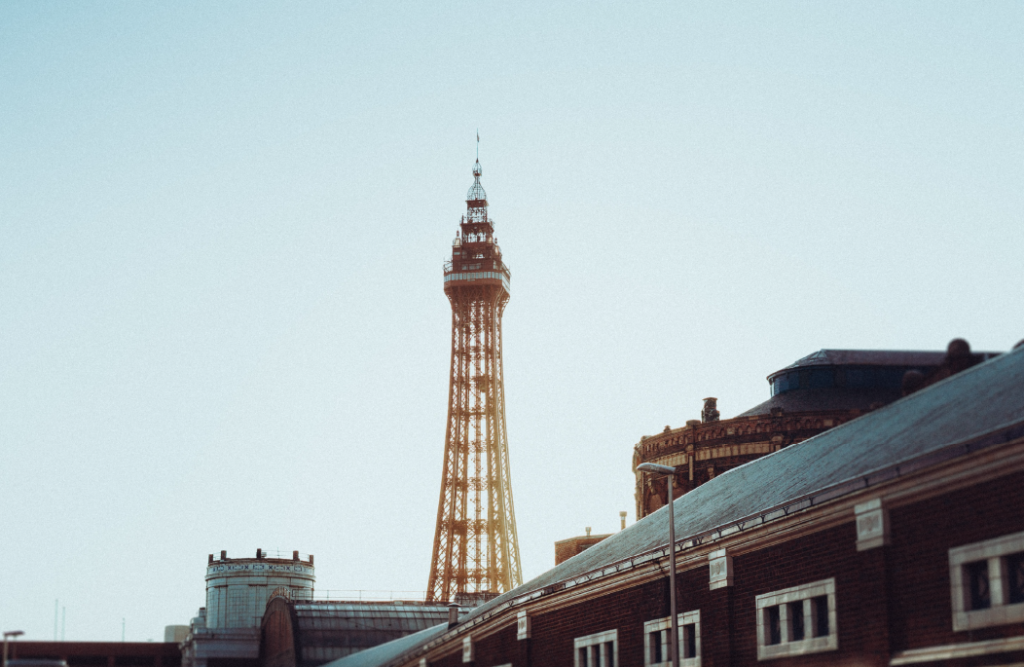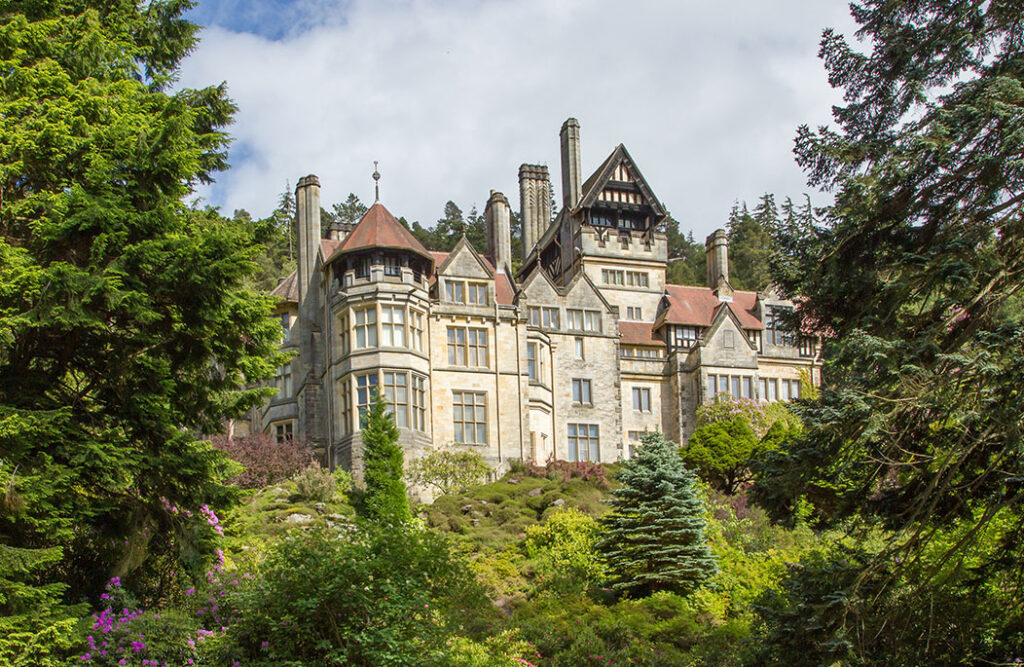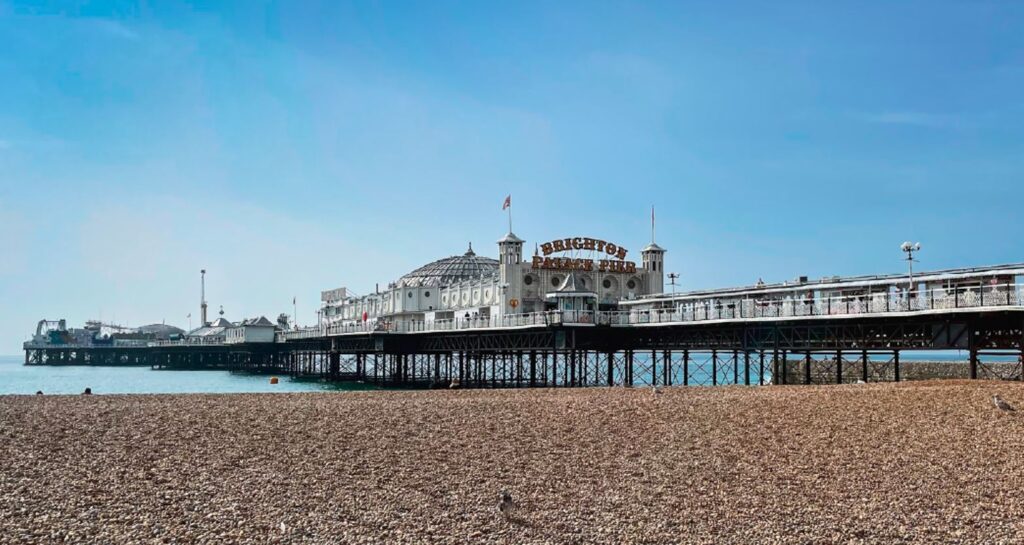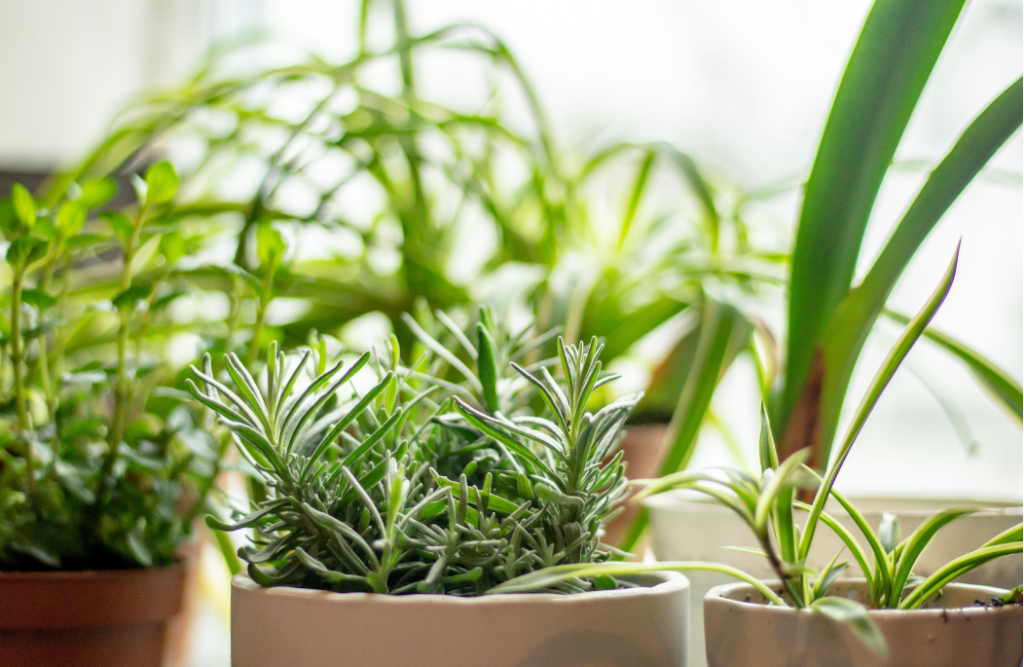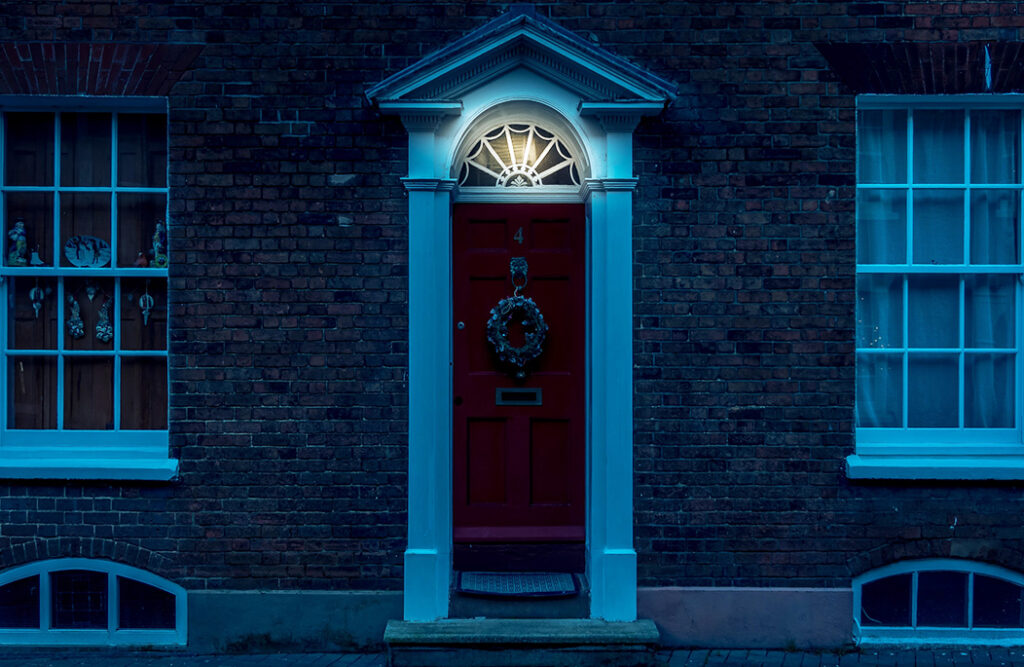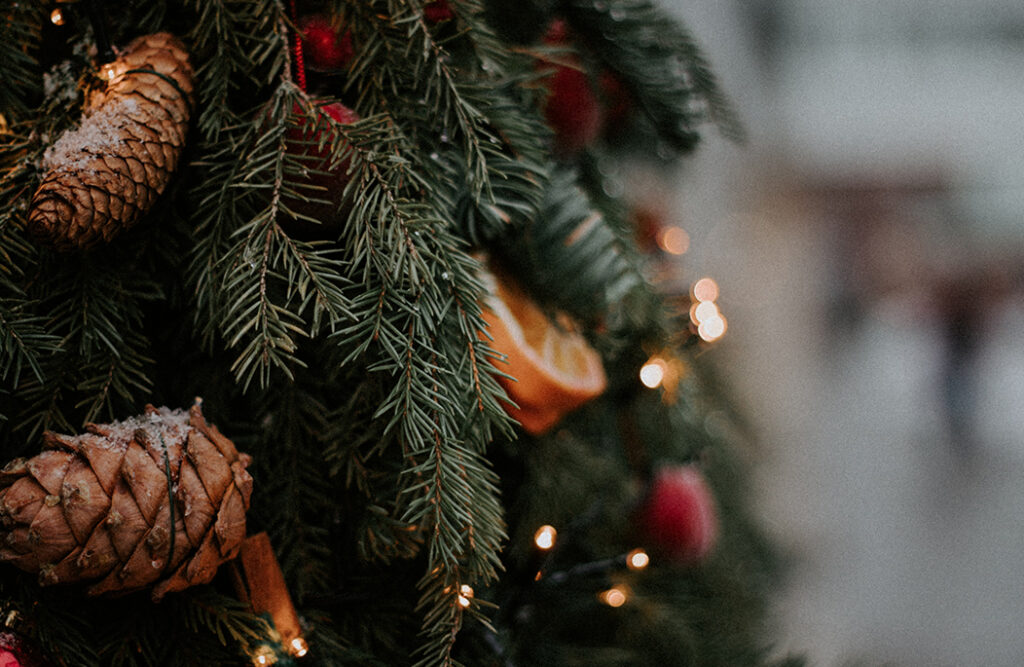Victorian weddings were interesting occasions that differ quite a bit from the wedding ceremonies found in modern Britain. In this blog, we explore what Victorian wedding ceremonies were like, what the bridge and groom wore, and the superstitions and traditions around this happy day.
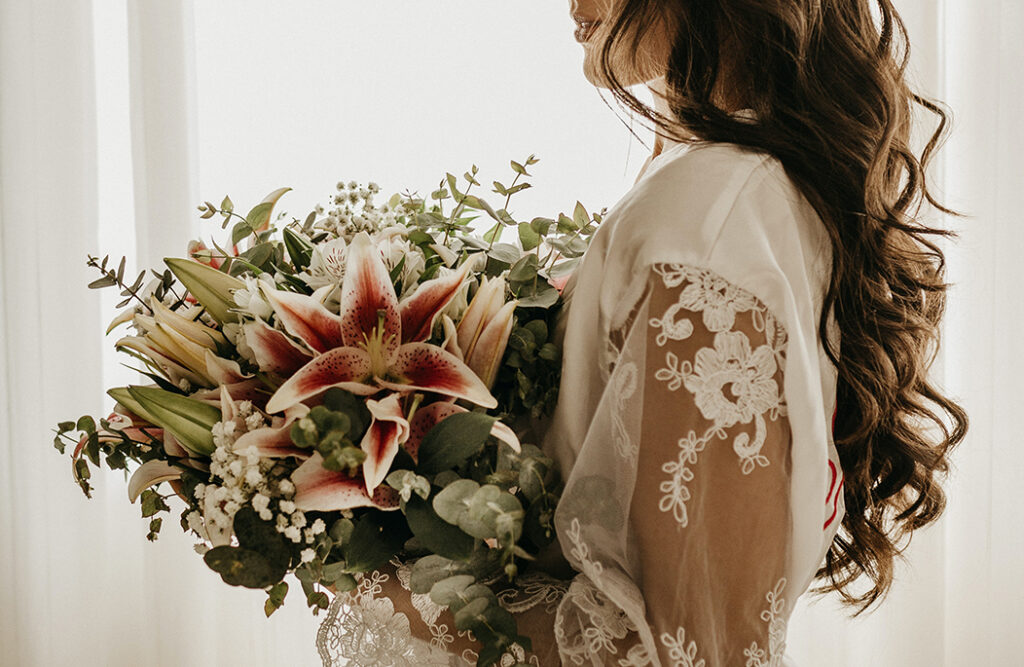
Victorians considered the time and date carefully
In the Victorian times – just like today – the bride’s dress was a major consideration, along with what the bridegroom and the rest of the wedding party should wear. But for the Victorians, even the time, day and month of the wedding was carefully considered.
It was considered unwise to marry in May as, according to the rhyme, “marry in May, rue the day”. The Victorians thought it better to wait a week or so and wed in June as the month’s name originated from Juno, the Roman Goddess of marriage. June was also favoured because the weather was a little warmer.
Other popular choices for Victorian weddings were April, November and December as they didn’t clash with farming commitments.
Nowadays, most people plump for a wedding on a Saturday but the Victorians preferred the ceremony to take place at the beginning of the week, a Monday, Tuesday or Wednesday, and the ceremony would take place in the morning – between 10am and noon.
That’s why the celebration meal after the wedding is still known as the wedding breakfast, no matter what time of day you wed.
download the full victorian homes ebook
Download Victorian Homes, a free ebook created by Adrian Flux insurance services. It is full of Victorian house facts, tips on how to create a Victorian style house — even if you live in a new-build home — and advice on where to source original Victorian and reproduction fixtures, fittings, furniture, accessories and art.
The bride’s dress was made from silk, linen or lace
The Victorian bride would wear flat shoes, white silk, linen or lace dress with a train and veil made from sheer cotton or lace and held in place with either a flower garland or tiara. She would carry a spray of lilies which signified devotion and purity.
The bride’s jewellery would either be a family heirloom or a gift from the groom – diamonds and pearls were most popular.
Nowadays, bridesmaids wear contrasting colours, but Victorian bridesmaids wore white dresses with coloured sashes. The dresses would be smart but quite plain so they could be worn on future occasions.

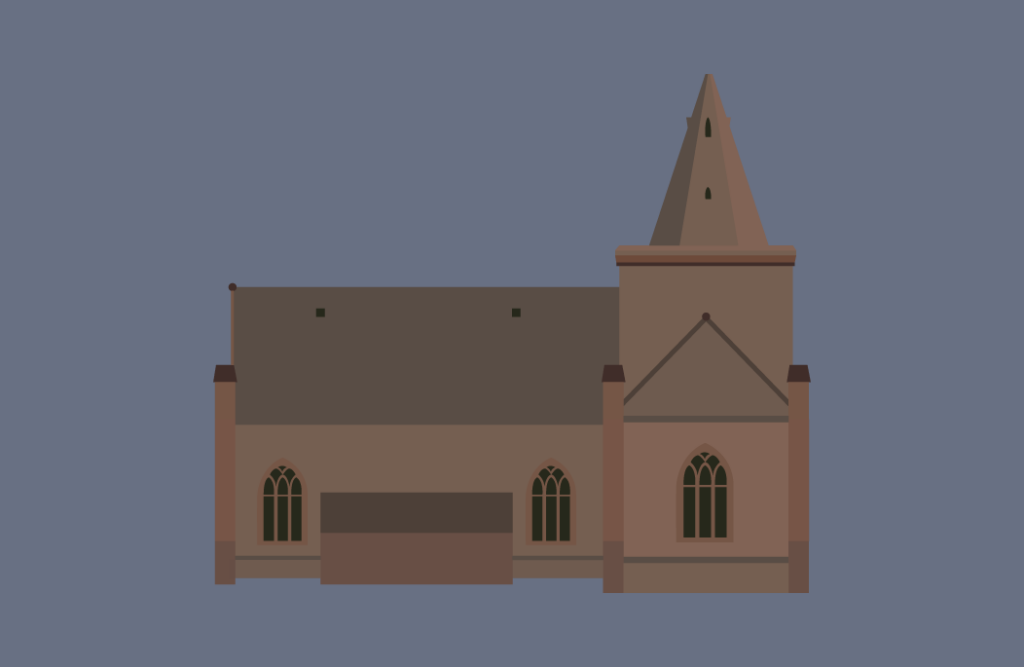
The bridegroom would wear a frock coat, waistcoat and trousers
The bridegroom would wear a frock coat of blue, mulberry or claret, with a light coloured double-breasted waistcoat and grey striped trousers. It was customary for his best man, father and father-in-law-to-be to wear the same.
It was de rigueur for the bridegroom to sport a half hunter pocket watch with gold chain and T-bar.
The men in the bridal party would literally top off their wedding day attire with a high hat and a flower in the lapel.
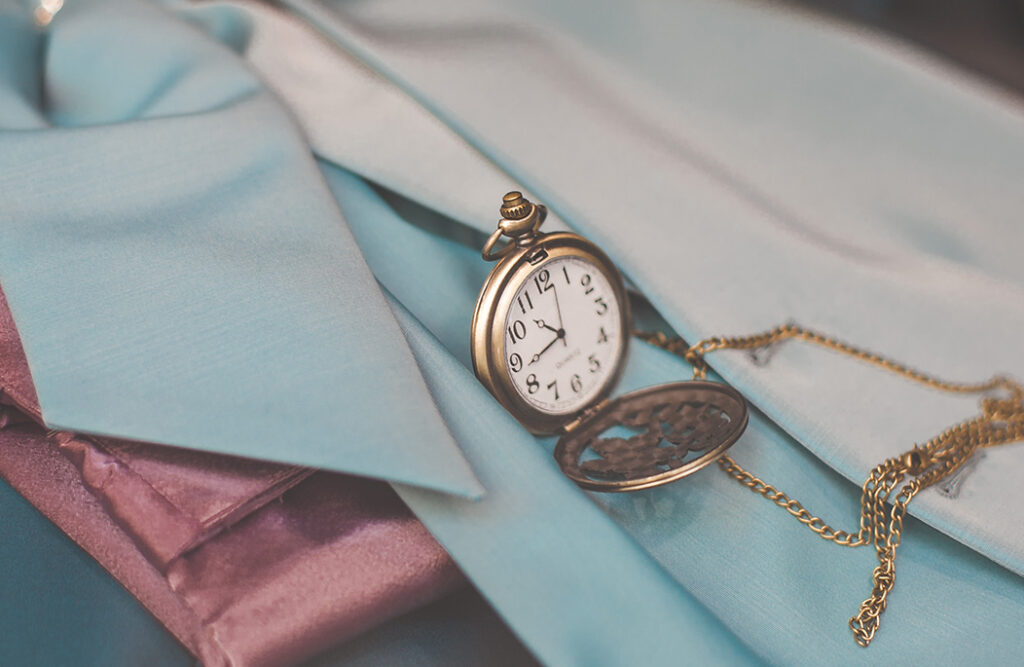
The wedding ceremony
The wedding ceremony was very similar to today’s weddings – it was usually held in the bride’s parish church, the bells would peal, a choir would sing, and the church would be decorated with seasonal blooms.
It was typical for only the bride to be presented with a plain gold wedding band with the happy couple’s initials and the date engraved inside.
If the bride lived close to the church, as was often the case, she would walk to the ceremony with her father and bridesmaids. If she was wealthy, she’d have a wedding carriage which had to be pulled by a grey horse.
Leaving the church
After the signing of the parish register, the couple would leave the church but were advised not to look at or acknowledge those who had attended as it was considered bad taste.
The wedding carriage would usually be drawn by four white horses and as the couple approached, guests would throw rice, grain or birdseed as a symbol of fertility.
A chimney sweep, or someone dressed as a sweep, would often appear to kiss the bride. Tradition has it that in the 1700s, a chimney sweep saved the life of King George II by stopping his runaway horse and carriage. He issued a Royal Decree that chimney sweeps are bringers of luck and should be treated with the greatest of respect.
The carriage would then pull away, taking the happy couple to their wedding breakfast.
Learn more about the Victorian period with our ebook
Download our free ebook, which is full of Victorian house facts, tips on how to create a Victorian style house — even if you live in a new-build home — and advice on where to source original Victorian and reproduction fixtures, fittings, furniture, accessories and art.
Looking to insure your Victorian Home?
Adrian Flux is a specialist insurance compnay offering bespoke cover for all period and Victorian homes. Call 0800 369 8590 got a fast and hassle-free quote.
Our home insurance customers saved an average of 31% in 2021 when taking out a policy with us. See how much you could save by giving us a call.
